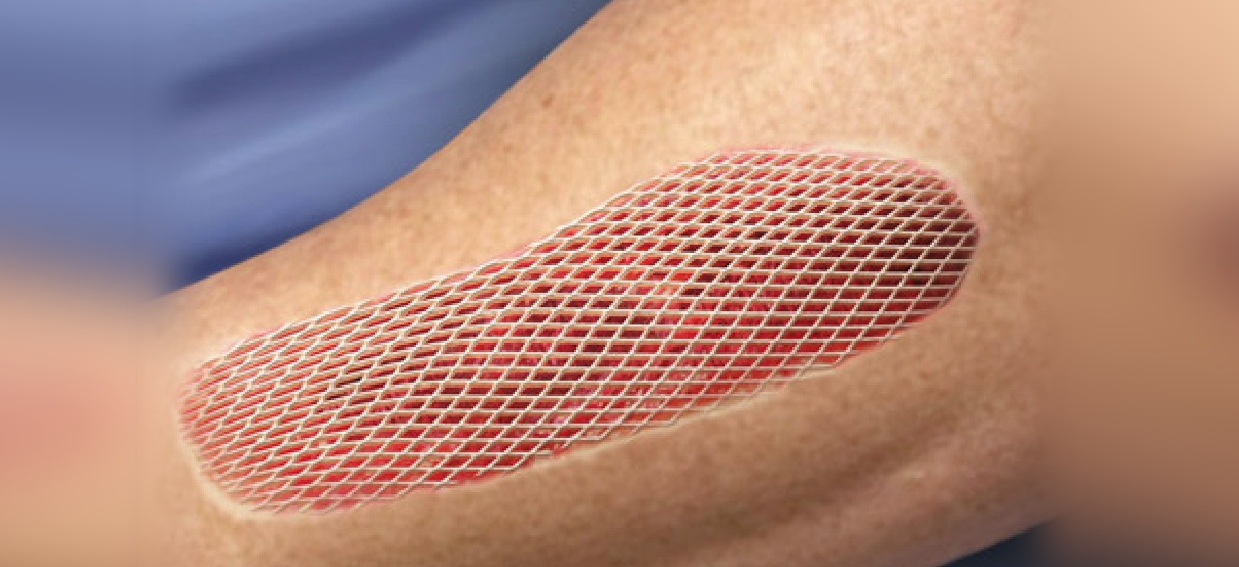
Utilizing Hyperbaric Oxygen Therapy for Optimal Healing of Compromised Skin Grafts and Flaps
Understanding Compromised Skin Grafts and Flaps
Skin grafts and flaps are common surgical techniques used to repair damaged or missing skin resulting from trauma, burns, surgery, or chronic wounds. While these procedures can promote wound closure and tissue regeneration, complications such as poor blood supply, infection, and impaired wound healing can compromise the viability of grafts and flaps. When traditional interventions fail to salvage compromised skin grafts and flaps, alternative treatments like hyperbaric oxygen therapy (HBOT) may offer a promising solution.
Introduction to Hyperbaric Oxygen Therapy (HBOT)
Hyperbaric oxygen therapy (HBOT) involves breathing pure oxygen in a pressurized chamber, which increases the amount of oxygen dissolved in the bloodstream. This heightened oxygen concentration promotes healing by enhancing tissue oxygenation, stimulating the growth of new blood vessels (angiogenesis), and bolstering the body’s natural defense mechanisms. HBOT has emerged as a valuable adjunctive therapy for various medical conditions, including compromised skin grafts and flaps.
How HBOT Supports Healing in Compromised Skin Grafts and Flaps
HBOT enhances the viability and success of compromised skin grafts and flaps through several mechanisms. Firstly, increased oxygen levels in the bloodstream improve tissue oxygenation, particularly in areas with compromised blood supply. This promotes cellular metabolism, collagen synthesis, and fibroblast proliferation, essential processes for wound healing and tissue regeneration. Additionally, HBOT’s anti-inflammatory effects help reduce tissue edema and inflammation, optimizing conditions for graft and flap integration.
Clinical Evidence Supporting HBOT for Compromised Skin Grafts and Flaps
Numerous studies have demonstrated the efficacy of HBOT in improving the outcomes of compromised skin grafts and flaps. A systematic review published in Plastic and Reconstructive Surgery found that HBOT significantly increased the success rate of compromised skin grafts and flaps, leading to improved wound healing and decreased rates of graft failure. Additionally, observational studies and case series have reported favorable outcomes with HBOT, including enhanced tissue viability and reduced need for surgical interventions.
Key Considerations for HBOT Treatment
Before undergoing HBOT for compromised skin grafts and flaps, patients should undergo a comprehensive evaluation by a healthcare professional experienced in wound care and hyperbaric medicine. Treatment protocols may vary depending on the severity and characteristics of the wound, but typically involve a series of HBOT sessions conducted in a specialized hyperbaric chamber. Close monitoring of the graft or flap’s progress and regular follow-up evaluations are essential to assess treatment response and adjust therapy as needed.
Integrating HBOT into Compromised Skin Graft and Flap Management
HBOT should be integrated into a comprehensive management plan for compromised skin grafts and flaps, which may include surgical interventions, wound care techniques, and adjunctive therapies. In addition to HBOT, treatment may involve debridement (removal of dead tissue), wound dressings, antibiotics, and nutritional support. Collaborative decision-making between surgeons, wound care specialists, and hyperbaric medicine experts is essential to optimize treatment outcomes and minimize complications.
Hyperbaric oxygen therapy represents a valuable adjunctive treatment option for individuals with compromised skin grafts and flaps, offering hope for improved outcomes and enhanced wound healing. By enhancing tissue oxygenation, stimulating angiogenesis, and reducing inflammation, HBOT addresses the underlying mechanisms of graft and flap compromise and supports the body’s natural healing processes.